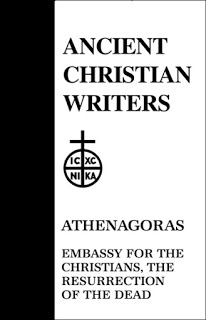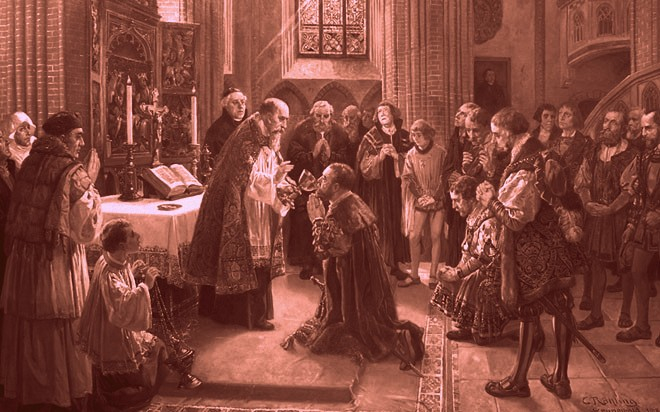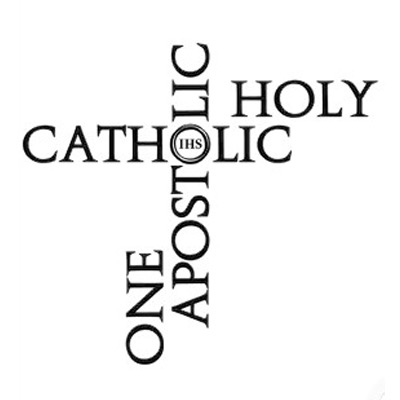Because I have an interest in Patristic studies, I have occasionally been asked why I’m Lutheran rather than Eastern Orthodox; it is claimed that the Eastern church is consistent with the Patristic tradition, but the Lutheran church is not. Well, there are various reasons why I wouldn’t join the Orthodox church including a denial of sola fide and sola gratia, but among these reasons is the Patristic tradition itself.
I understand the desire to have some kind of consistent theology between the early church and the contemporary church. The Eastern Orthodox do this by claiming to have identical doctrine with the Church Fathers. The Roman Catholics used to do it by professing a “unanimous consensus” among the fathers. Thomas Oden tries to do it today by arguing the Protestant distinctives are found in the majority of the fathers.
The problem is that there is no monolithic teaching of the church fathers, though it is my contention that all of the doctrines found in the Book of Concord can be found in Patristic writings. And, there are certain teachings that are unanimous among the fathers such as baptismal regeneration and the conviction that salvation can be lost.
Nonetheless, while many Eastern Orthodox teachings can be found in the fathers, or at least certain fathers, the teachings of the Eastern Church on iconography are not found in the earliest sources, which actually argue against such a view.
In the Eastern Church, icons are sacramental. They serve as windows into heaven when blessed by an Orthodox priest, and should be venerated by the faithful. This includes both images of Christ and of the Theotokos and the saints. 
One of the early apologists for the Christian faith, Athenagoras demonstrates that this teaching was absent from the early church. One of the primary arguments that Athenagorus uses throughout this book is that the Christian God cannot be contained in images made by human hands. Within this polemic, he attacks the use of images by pagans in the Roman Empire, arguing against using them as instruments of worship. One would think that if images were used in worship, this would have been brought up, and would have actually hurt the point that Athenagorus was making. But he makes no such qualification that images could be used for veneration rather than worship, etc.
Well, an argument from silence doesn’t prove the point, but there are some statements in Athenagoras that make his position more clear. One of the qualifications made by the Eastern Church is that they are not venerating images, but are venerating the saint or Christ behind the image. This flows from their doctrine of the images as windows into heaven.
Athenagoras understands this distinction, and when critiquing the Pagan version of image worship, he does not only critique the idea that images can’t be worshiped, but also that they can be used as objects to worship their representations. He condemns the following idea:
“[I]t is affirmed by some that, although these are only images, yet there exist gods in honour of whom they are made; and that the images are to be referred to the gods, and are in fact made to the gods; and that there is not any other way of coming to them.” (A Plea for the Christians XVIII)
Now, to be clear I am not an iconoclast. I have icons in my office, and a crucifix on the altar in my church sanctuary. I think that these can be helpful things. However, what I disagree with is the idea of using images as objects of worship or veneration. It seems to be a consistent point in all of the early Apologists, when writing against paganism, that images are not used as objects of worship in the Christian faith.











